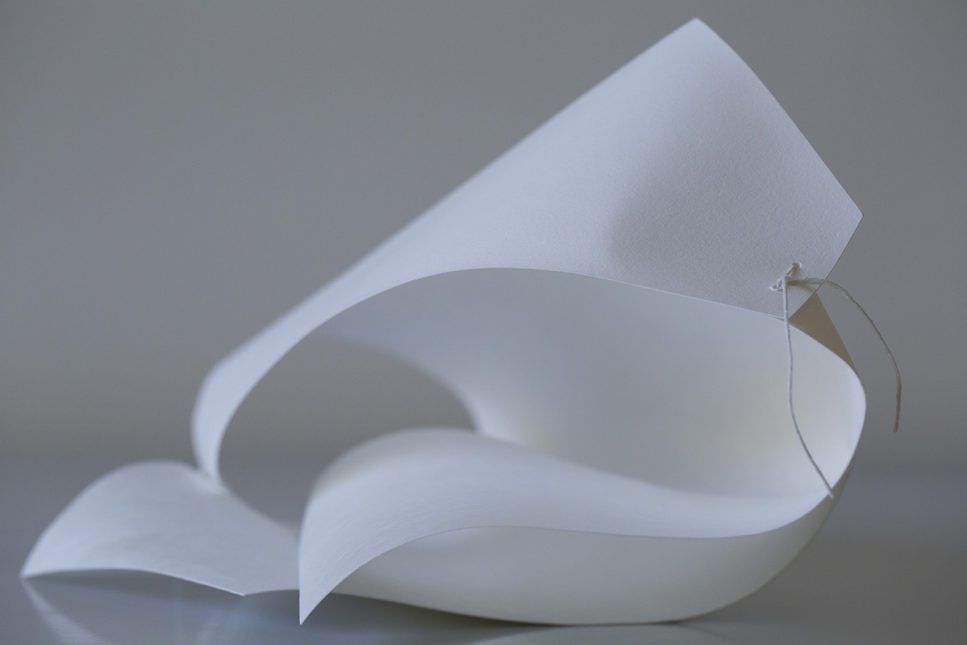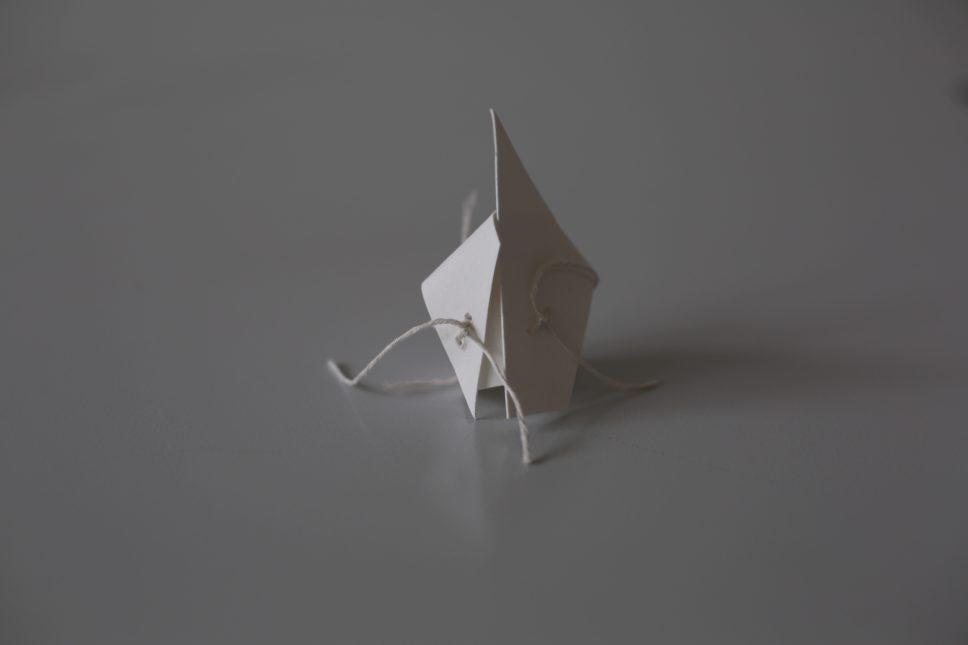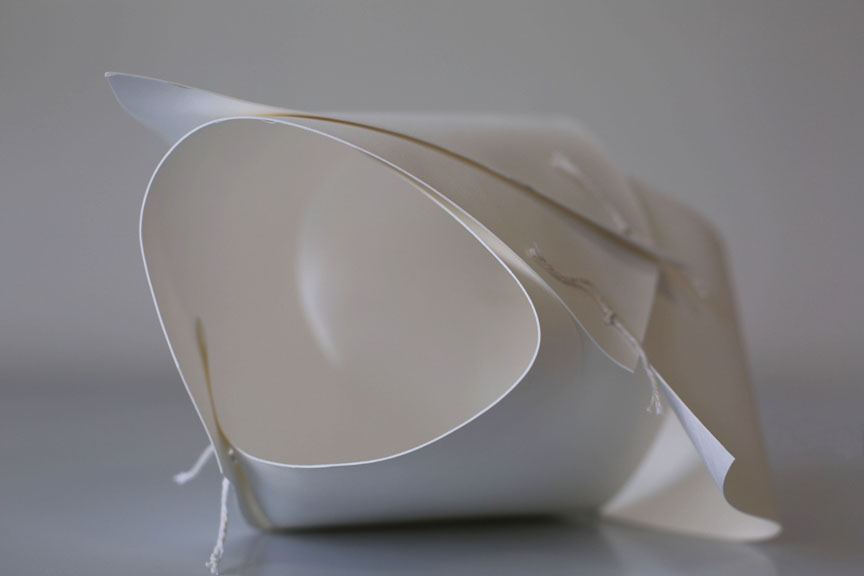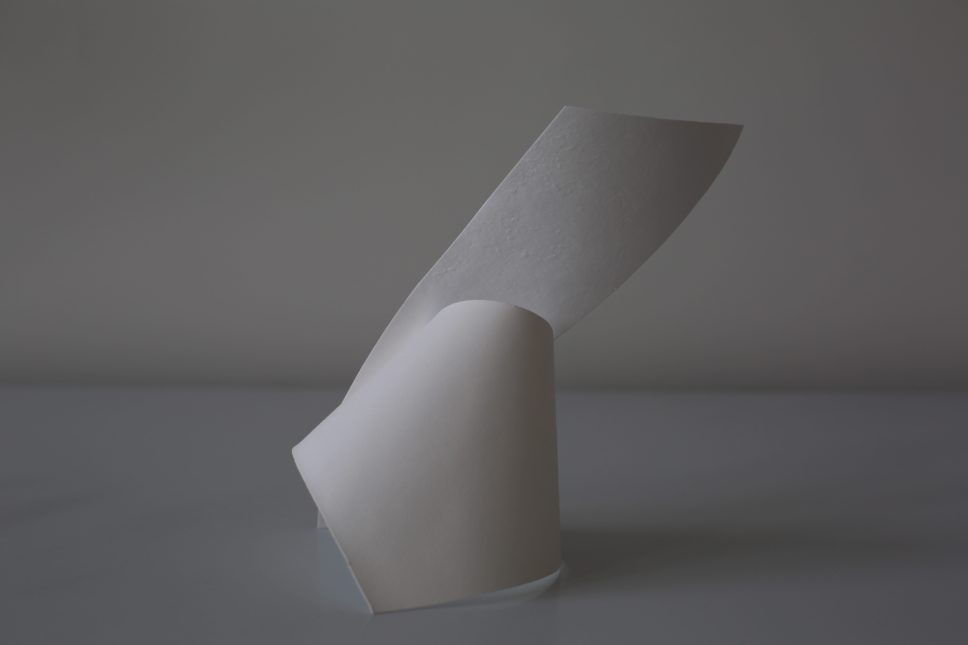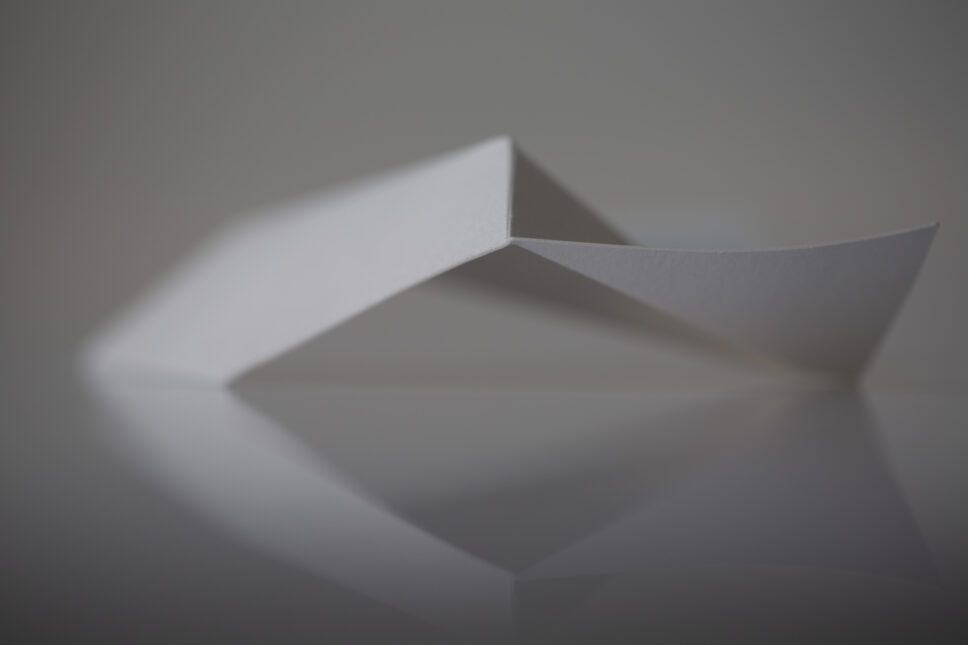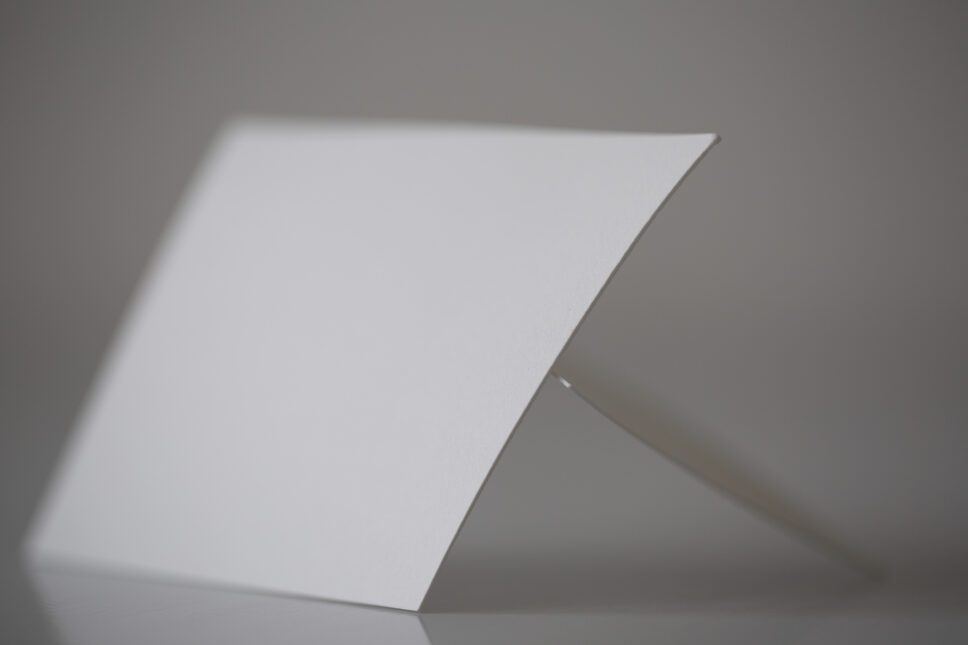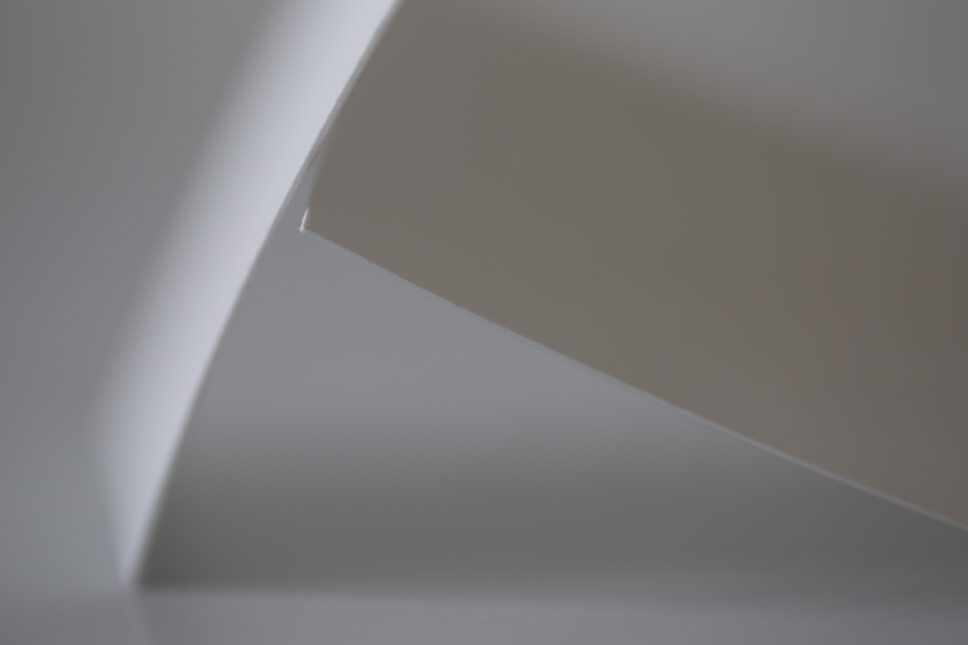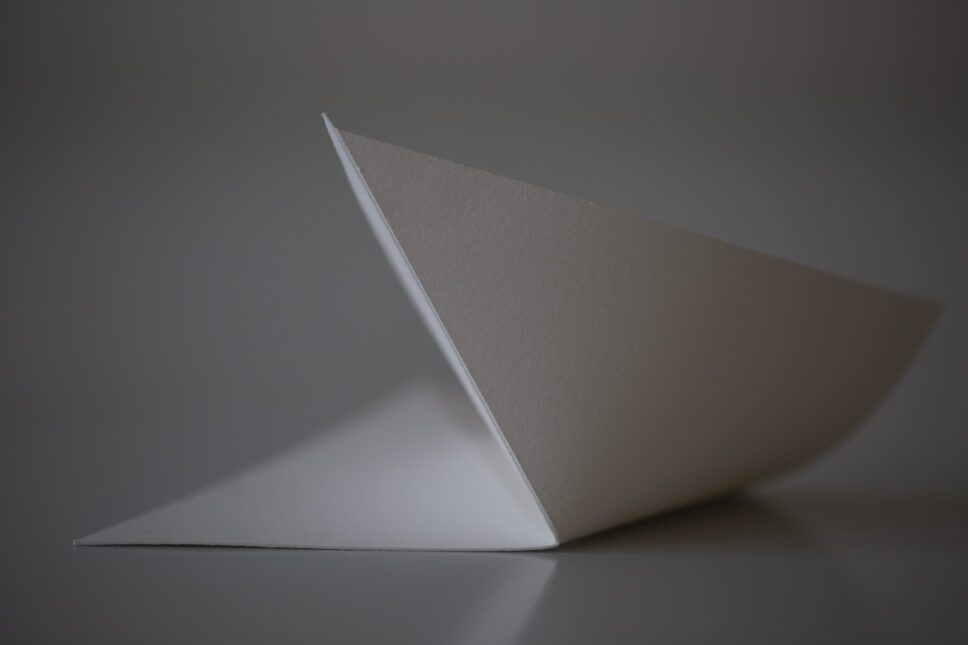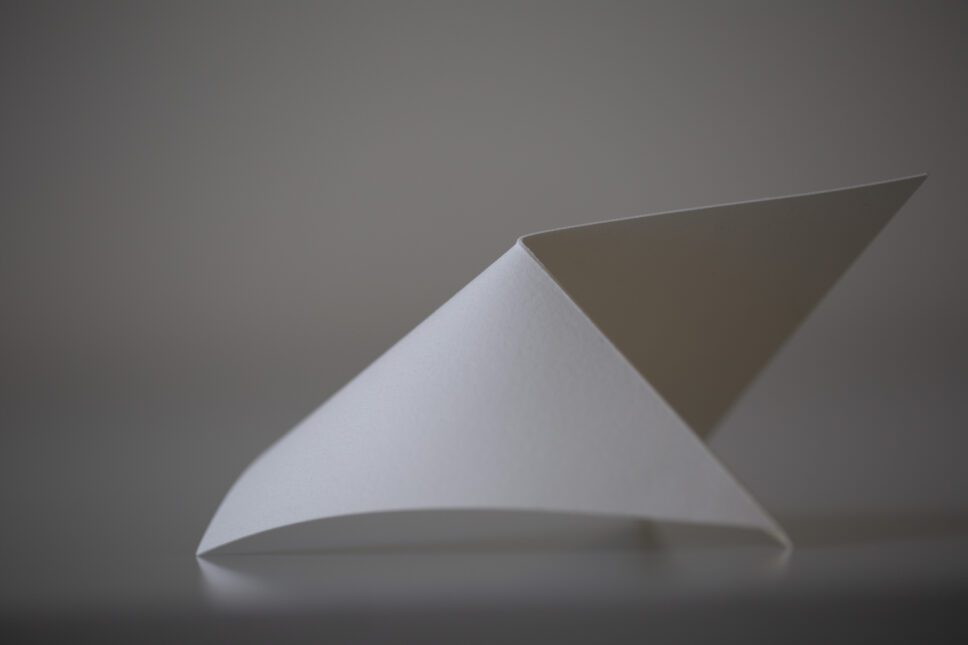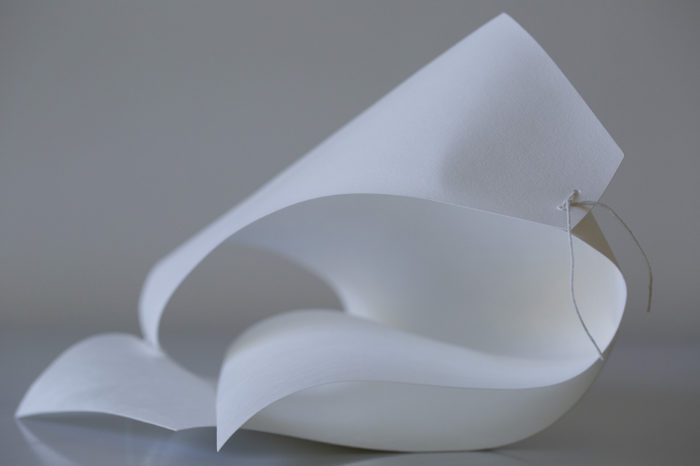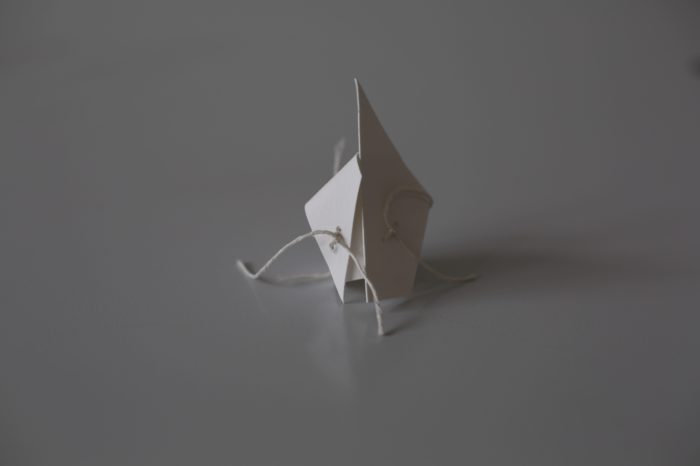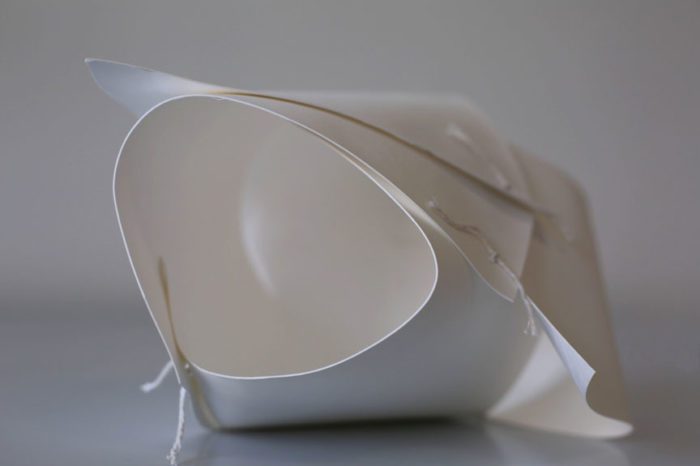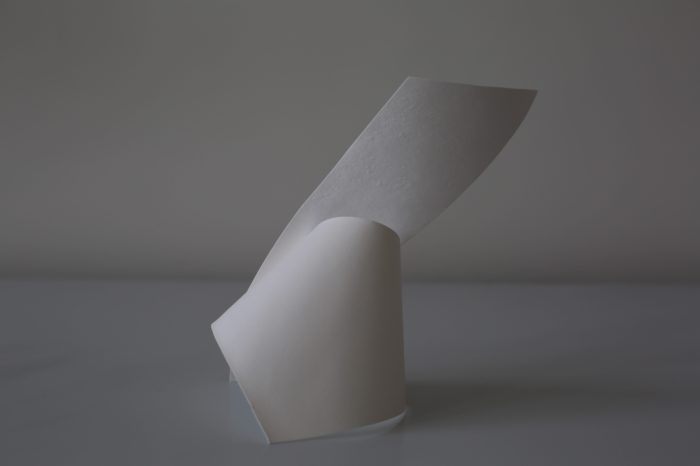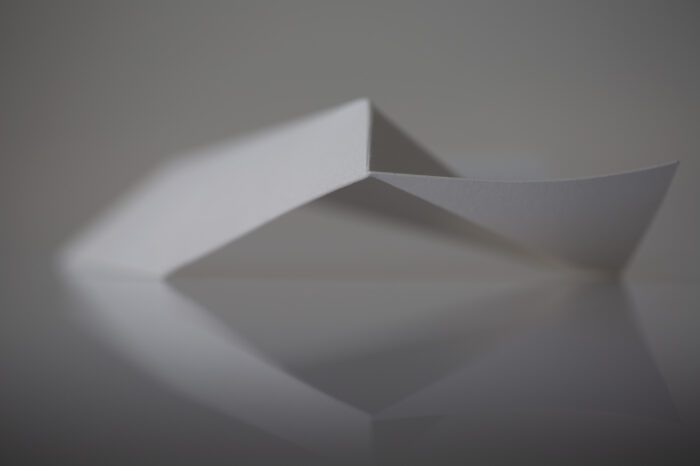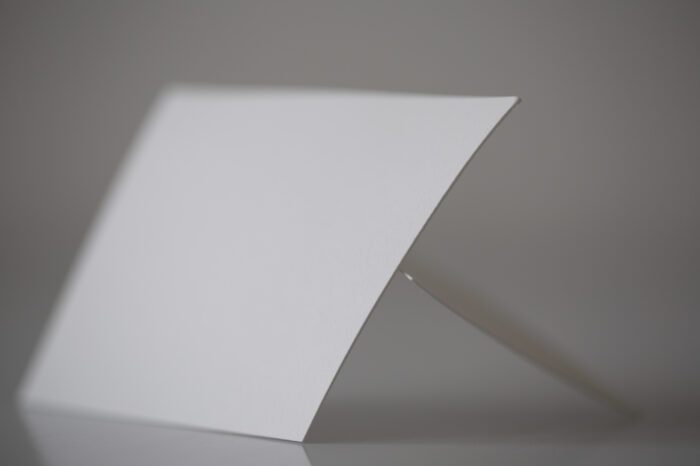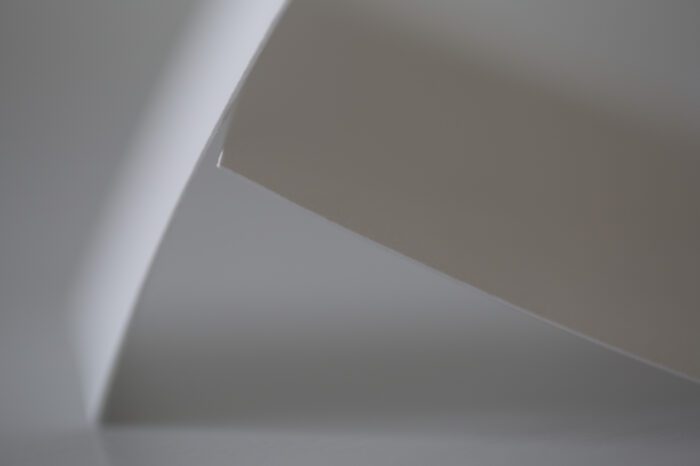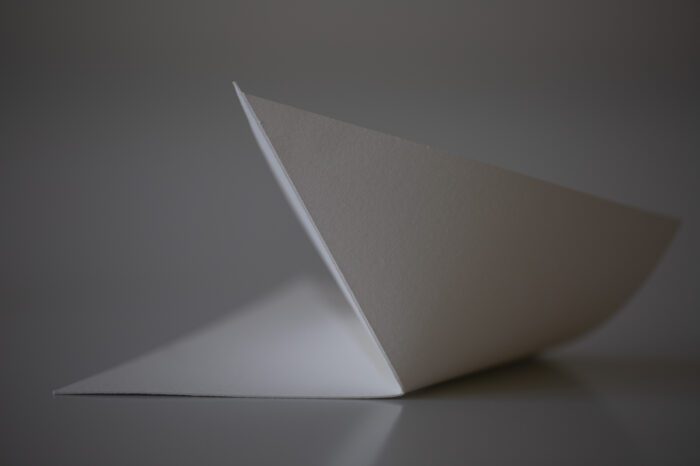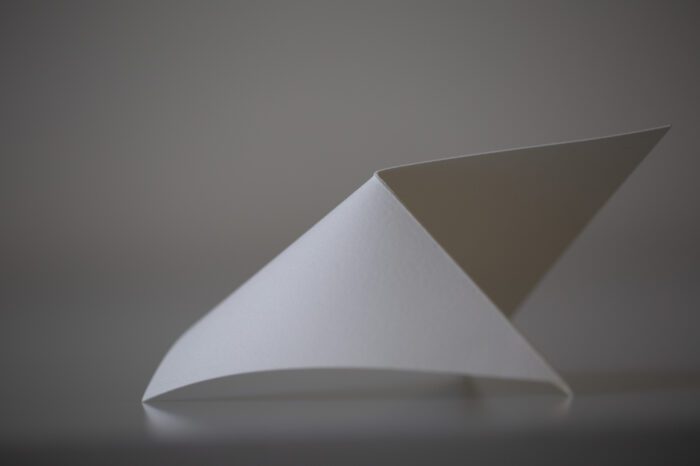Elizabeth Mead’s sculpture, drawing, and photographs have been exhibited across the U.S. as well as in Australia, England, Iceland, Italy, Japan, Korea, Portugal, and Taiwan . She has designed more than two-dozen theatrical productions including work with the internationally acclaimed, Tony award winning Theatre de la Jeune Lune.
A recipient of the Japan/US NEA Creative Artist Fellowship (2002-03), Mead spent six months living and working in Japan. Mead has received recognition for her work in theater by the Dallas Theater League (1998) and the Theater Communication Group/NEA Designer Fellowship (1997, 1998). Mead attended the Ecole Internationale de Jacques Lecoq in Paris, France (1995). She was awarded a work-stay residency at Sculpture Space in Utica, New York (1992).
She has been a visiting artist and artist in residence at numerous distinguished institutions including Cité Internationale des Arts, Artist Residency, Paris, France (2015, 2018), Slade School of Fine Art, University College, London, England (2001, 2002, 2003, 2013), Nes Artist Residency Skagaströnd, Iceland (2009), Youkobo Art Space, Tokyo, Japan (2002-03), Carleton College, Northfield, Minnesota (2002, 2004), Pacific Northwest College of Art (1994, 2000), Southern Methodist University (1993,1997), Burren College of Art, Co. Clare, Ireland (1995).
She is Professor of Art and W. Reveley III Interdisciplinary Fellow at the College of William & Mary.
Lives and works in Williamsburg, VA
EDUCATION
1991
MFA Southern Methodist University, Dallas, Texas
1985
BFA Philadelphia College of Art, Philadelphia, Pennsylvania
SELECT COLLECTIONS
Meadows Museum of Art, SMU, Dallas, Texas
President’s Collection, William & Mary, Williamsburg, Virginia Wolf Law Library, William & Mary, Williamsburg, Virginia
SELECT EXHIBTIONS
2023
Dana L. Wiley Gallery, Dayton, OH
2021
Rawls Museum Arts, Courland, Virginia, “Fictional Reality: The Photograph and Its Object” 2016 Boliou Gallery, Carleton College, Northfield, Minnesota, “signatures/thoughts”
2013
Material Museum, UCL, London, England
“Material Matter(s),” Slade Gallery, UCL, London, England
“Around Round Rectangular Perspectives, Linda Matney Gallery, Williamsburg, Virginia,
“Various Objects: Things on the Horizon”
2009
Virginia Art Center, Tidewater College, Portsmouth, VA: “spaces/places/senses/ places/senses spaces”
Seldon Gallery, Norfolk, Virginia: “Constellations: Sculpture and Drawings by Elizabeth Mead” Thompson Gallery, Furman University, Greenville, South Carolina: “Agglomerated Spaces: Sculpture and Drawings by Elizabeth Mead”
The Gallery at the Macomb Center for the Performing Arts, Clinton Twp., Michigan: “The space between: New Work by Elizabeth Mead”
AWARDS
Artist Registry (by invitation), The Painting Center, New York, New York,
2016-present
Brooklyn Prize Award for Outstanding Artwork in the “Drawing Lines Across Mediums” Exhibition at SiteBrooklyn, New York
The Charles H. Taylor Arts Center, Hampton, Virginia, “Artist Who Teach” Merit Award
Alexandria Museum of Art, “28th September International,” Alexandria, Louisiana, Honorable Mention
In this current series “Fictional Reality: The photograph and Its Object”, I move back and forth between paper objects and the photographs I make of them. Reflections and transmitted light, glowing edges and silhouetted forms help them teeter between their being as objects and their being as phenomena of shadow and light. I use light, focal length, and implied relations of scale in the photographs to construct the beholder’s relation to the sculpture in a way that I consider to be the most important visual effects they produce while at the same time offering a view that is absolutely different from any beholder’s empirical experience of the sculpture. For instance, the shallow depth of field I use to emphasize a sculpture’s contour is not a feature of a real, human view of the object. The choice of lens and the presence (in most cases) of the horizon line as pictorially low and close in relation to the object, remake its relation to human scale in a curious, fictional way. I have come to see these divergences, between the sculptural and the photographic, as basically internal to the work as a whole.
Paper and string are modest materials. They are temporal. These are simple, innocent moments where the sober gesture of a fold or bend can evoke the fullness of a body part or create an architectural space for us to fall into. The way light reflects along the edge of the paper sets a line moving in space while the sweep of the plane absorbs the light’s warmth, which models its exterior and transmits a warmer light into its surface, so that the interior glows. A slight glisten from the Tyvek bound to the inside surface shifts the state of exterior to interior, reminding us of an inside and an outside. Loops and ends of string perform gestures, pulling the paper taught, dangling at its side. A subtle difference, a materiality that allows for containment on the one hand and quiet assertion on the other. All the while the fact that this is mere paper and string never quite escapes our mind, creating a tension between, on one hand, what simply is, these modest materials, and the thing or space we enter, on the other.
It is important that the light in the photograph not be artificial. The only light source is from my studio window. The object and the photograph are instantly and clearly recognizable as in and of the world we share while at the same time bodying forth one that is fictional. Important too is that the digital image is not cropped. Framing the object within the moment the image is shot ties the fictional space of the photograph back again to the world we inhabit registering it at a particular moment in time.
-
VIEWFIND 10
January - March 27, 2021
-
VIEWFIND 12
JANUARY 25—MARCH 15, 2024
-
VIEWFIND 11: WOMEN PHOTOGRAPHERS
JANUARY 6 - JANUARY 20, 2023
